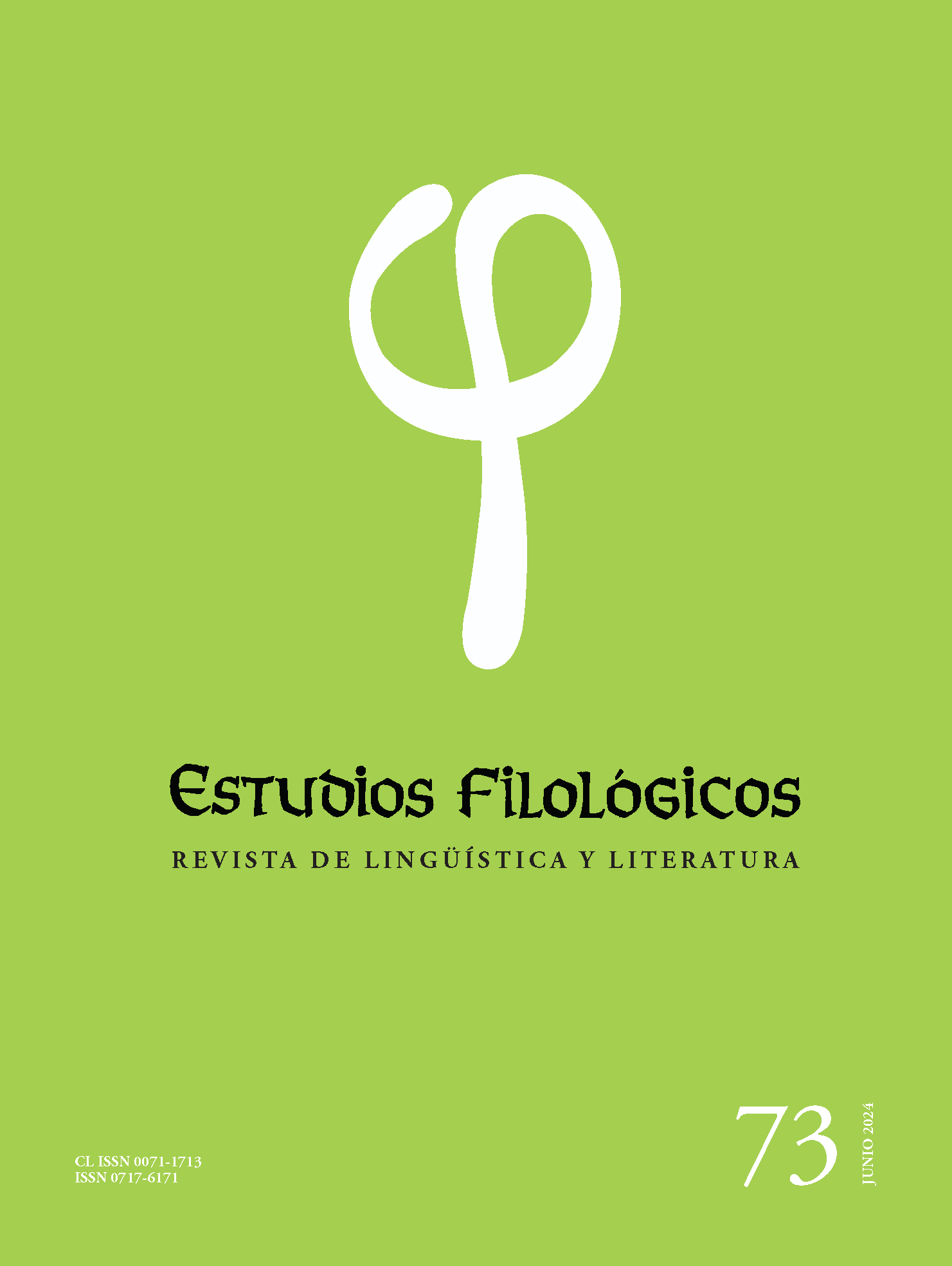Acoustic profile of [o] in the interlanguage of Chinese students of Spanish
Main Article Content
Abstract
In the present study, we aim to characterize the timbre of the mid-back vowel [o] in the spontaneous speech of Chinese speakers learning Spanish (interlanguage) and determine the acoustic characteristics that converge and diverge with those of this sound in Peninsular Spanish. Additionally, we evaluate how factors such as stress, sex, and proficiency level in Spanish influence the production of the mid- back vowel. To carry out the analysis, we have used quantitative linguistic typology methods, such as accuracy and precision. Mean values of F1 and F2 for each vowel were calculated using the Praat program. The results indicate that stress, sex, language proficiency level, and individual characteristics must be taken into account. No significant differences were found in the unstressed and stressed [o] in male voice, but they were found in the female voice, both in the interlanguage and in Peninsular Spanish. At the basic level of the interlanguage for both sexes, a greater aperture is observed in the production of [o] compared to Spanish. At the intermediate level, both sexes improve the pronunciation of [o]; and at the advanced level, women maintain an adequate pronunciation, while men deviate again, producing a sound that is more closed, back, and rounded than Peninsular speakers.

